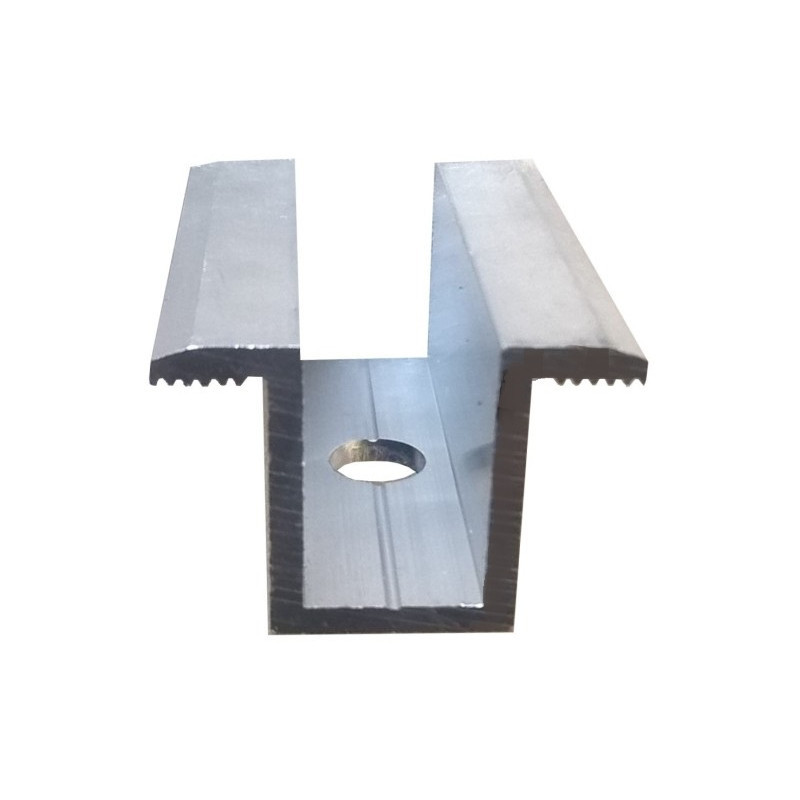

an flat washers
Oct . 09, 2024 18:03 Back to list
an flat washers
Understanding Flat Washers Essential Components in Fastening Systems
Flat washers are simple yet vital mechanical components widely used in various industries, including construction, automotive, and manufacturing. These disk-shaped objects play a significant role in fastening systems, providing stability, ensuring even load distribution, and preventing damage to surfaces. In this article, we will explore the types, functions, and applications of flat washers, shedding light on their importance in everyday mechanical assemblies.
What Are Flat Washers?
Flat washers are typically circular plates with a hole in the center, designed to be placed beneath a nut or bolt head. Made from materials such as steel, stainless steel, plastic, or rubber, these washers come in various sizes and thicknesses, accommodating different bolt diameters and loads. Their primary purpose is to serve as a spacer, providing a smooth surface for bolting components together and helping to distribute the load over a larger area. This distribution minimizes the risk of damage to the materials being fastened and enhances the overall stability of the assembly.
Types of Flat Washers
Flat washers can be categorized based on their material, shape, or specific applications
. Here are some common types of flat washers1. Standard Flat Washers These are the most common type, made of materials like steel or stainless steel, used across various applications for general fastening.
2. Lock Washers While not strictly flat washers, these have a split design to prevent loosening due to vibrations. They are often used in conjunction with flat washers to provide more reliable fastening in dynamic environments.
3. Fender Washers These are larger in diameter than standard flat washers, providing a greater surface area to distribute loads, making them useful in applications where the connected materials may be soft or prone to deformation.
4. Rubber Washers These are employed to provide sealing and cushioning properties, making them suitable for plumbing applications and electrical connections where waterproofing is crucial.
an flat washers

5. Plastic Washers Lightweight and resistant to corrosion, plastic washers find special use in electronics and other applications where metal components are undesirable.
The Functionality of Flat Washers
The primary functions of flat washers include
- Load Distribution By spreading the force applied by a bolt or nut, flat washers help to reduce the likelihood of material deformation or failure under pressure. This feature is particularly critical in softer materials like plastics or soft metals.
- Preventing Wear and Damage Flat washers protect the surfaces they are fastened to from damage caused by bolt heads or nuts. In situations where components must be frequently tightened or removed, using washers helps prevent degradation of mating surfaces.
- Vibration Damping In environments where machinery operates under high vibration conditions, flat washers can help absorb some of that shock, ensuring that fastened joints remain secure over time.
Applications of Flat Washers
Flat washers are ubiquitous in everyday applications. In construction, they are used to secure beams and frames. In the automotive industry, they help hold together critical engine components and other assemblies. Electronic devices often use flat washers to connect circuit boards and prevent grounding issues. Their versatility makes flat washers indispensable in any mechanical assembly requiring reliable fastening solutions.
Conclusion
Flat washers may appear simple and unremarkable, but their impact on various mechanical systems is profound. By enabling secure and stable connections, they contribute to the integrity and longevity of countless structures and devices. Understanding the different types and functions of flat washers can enhance one's ability to select the right components for specific applications, ensuring safety and reliability in engineering projects. Whether in construction, automotive, or electronics, flat washers remain a fundamental element in the world of fastening systems.
Latest news
-
Hot Dip Galvanized Bolts-About LongZe|High Strength, Corrosion Resistance
NewsJul.30,2025
-
High-Strength Hot Dip Galvanized Bolts - Hebei Longze | Corrosion Resistance, Customization
NewsJul.30,2025
-
Hot Dip Galvanized Bolts-Hebei Longze|Corrosion Resistance&High Strength
NewsJul.30,2025
-
High-Strength Hot-Dip Galvanized Bolts-Hebei Longze|Corrosion Resistance&High Strength
NewsJul.30,2025
-
Hot Dip Galvanized Bolts-Hebei Longze|Corrosion Resistance&High Strength
NewsJul.30,2025
-
Hot Dip Galvanized Bolts - Hebei Longze | Corrosion Resistance, High Strength
NewsJul.30,2025

